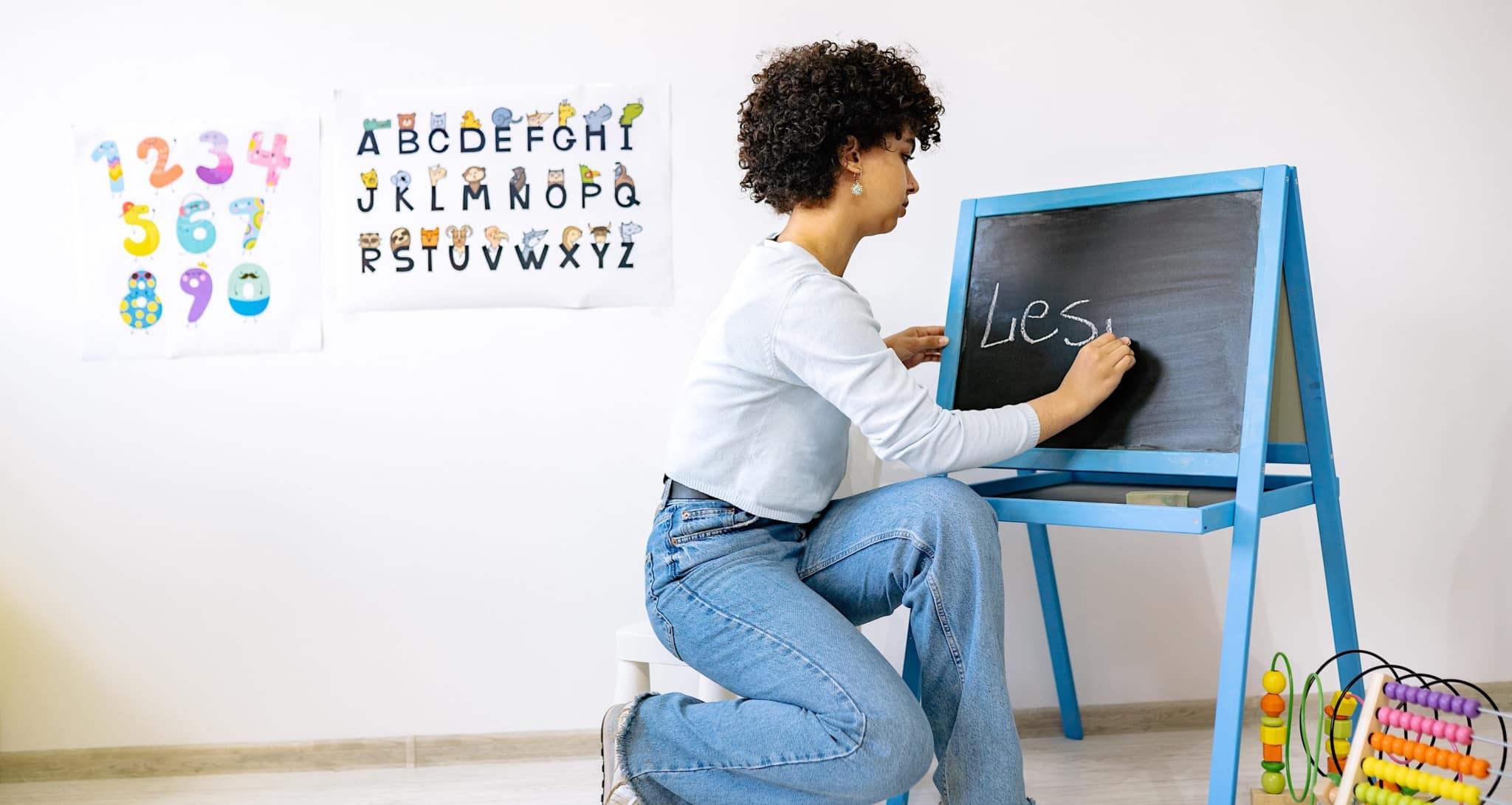President Biden recently announced plans to fund efforts to address the shortage of teachers, a situation that has been building for many years and accelerated because of the pandemic. There is no question that the nation needs a larger, better trained and more diverse group of teachers. But having all the teachers we need can’t “fix” learning and believing that it can largely ignores what science and research tell us about student outcomes.
To fix learning, it’s important to remember that Cognitive skills are the foundation for learning. These are the skills that determine whether information ever gets into our brains, whether it sticks, whether we understand it, and whether we can do anything useful with it later. Think of them as the mental processes our brains use to take in, give meaning to, organize, manipulate, store, retrieve, apply and act on information from the outside world. Cognitive skills include the five main stages of processing that help us learn and think, solve problems, collaborate and create, and include reception, perception, memory, direction, and thinking.
What the science says very clearly is that cognitive skills explain 50 percent of the variability in student achievement. If you were to take two students who have gone to the same school for 13 years and one gets As, and the other gets Ds, half of that difference, more than any other factor, is determined by those students’ cognitive skills. Research funded by the National Science Foundation and presented this week further validated earlier research, specifically related to math.
Not quite as important, but a critical factor nonetheless, is students’ social and emotional competence. It’s important to consider things like whether they were motivated and engaged, whether they sought out help when they had a problem, and whether they were even self-aware enough to know that they were having a problem. SEL drives 20 percent to 25 percent of the variability in student outcomes.
It probably wouldn’t surprise you to know that we spend 75 percent of our public education money, some $550 billion per year, on factors that account for less than a third of student outcomes. We spend less than 5 percent on the most important factor – improving cognitive skills – which is now proven to determine half of all learning outcomes.
In one report of the President’s plans, an education policy expert was quoted as saying, “If you think about it, what is education? It’s teaching. You have to have a teacher to do the teaching. You can’t get anything else done without a teacher in the classroom.”
We agree that teachers have a very important place in the learning process, perhaps the second most important role. But the individual learner is by far, without a doubt, the most significant person in the learning process. The quoted education expert, a research analyst at the Center for Reinventing Public Education, missed the point by a country mile. And that may be the problem with the folks who want to reinvent public education by doing the same things we have always done, only more.
In our view, education is not about teaching; it is about learning. Yes, teachers are needed, but having teachers in classrooms does not guarantee that learning will take place.
Unfortunately, these types of reports and discussions are never about learning; they treat learning as if it were only a function of teaching.
For too many educators, every issue is a nail and every solution is a hammer. The nail is instruction, and the hammer is the teacher. With this tried-and-true system of ours, almost 70 percent of our students routinely perform below grade level, both in-school and upon graduation.
The formula for learning involves many components working together effectively and efficiently. Would a baseball manager send a ballplayer to the plate without a bat, with pitches flying at them 100 miles per hour, and expect them to hit home runs? Of course not, since the bat represents 50 percent of their ability to hit the ball.
For students who learn differently because they have different cognitive strengths and weaknesses than the top 30 percent of students, going to school can feel like standing at the plate with teaching and curriculum coming at them at 100 miles an hour and not having a bat.
It’s time to rethink the way we serve our learners. That doesn’t mean ignoring the teacher shortage, but we certainly can’t stop there. It is imperative that teachers understand how all their students learn so they can facilitate learning experiences designed to optimize learning – and all students get the appropriate comprehensive, integrated cognitive training to build their learning capacities. This is the way to realize sustainable improvements in our learning outcomes. It is exactly that simple. And exactly that difficult.
The military uses the concept of a force multiplier to describe something that allows the same number of personnel or weapons to accomplish greater feats. Understanding how to build cognitive capacity in our learners is a force multiplier. Imagine how much more powerful our teachers would be if our learners had a greater capacity to learn.
So, by all means, we need to expand our teaching force. And we need to empower both teachers and students with the force multiplier of cognitive assessment and training.
- edCircuit – The 30/70 Rule or the 70/30 Rule in Education
- NBC News – Biden wants to fix the nation’s teacher shortage. Educators say the problem is worsening
- CBS Baltimore – Teacher Shortage In Maryland & Across The U.S. Raises Concern


